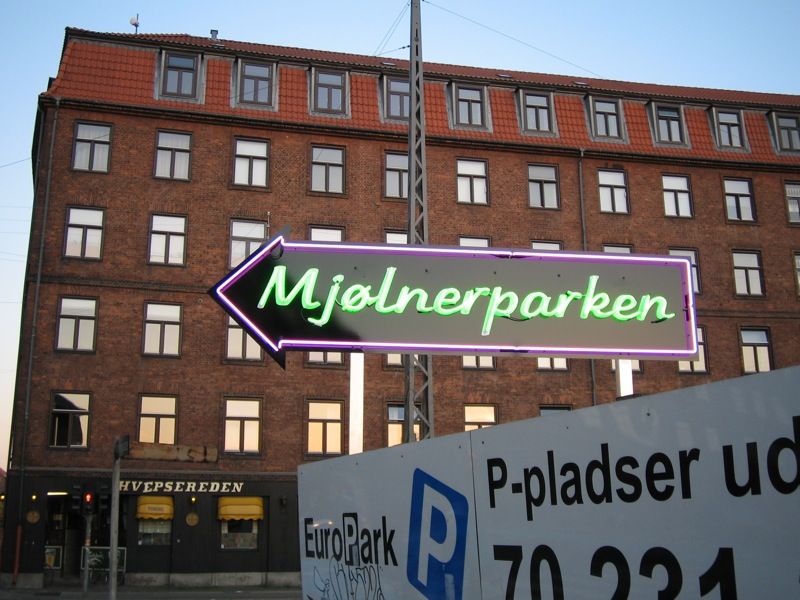In two major studies, researchers behind the project ‘Vi Tester Danmark’ have demonstrated a higher incidence of antibodies to COVID-19 in certain groups and areas.
“The studies confirm that vulnerable groups in vulnerable housing areas are at an increased risk of getting COVID-19. It emphasises the need for a special focus in those places,” said Robert Skov, the chief doctor at the Statens Serum Institut.
Drop-in centres and public housing targeted
In the autumn of 2020, testing in drop-in centres confirmed that 6.7 percent of visitors and staff had antibodies – more than twice the prevalence found in the general population. Sex workers were particularly at an increased risk.
A similar study in January 2021 examined 13 vulnerable residential areas, including Gellerupparken, Vollsmose and Mjølnerparken. Here antibodies were detected in 17.3 percent of the participants – a figure three times higher than the general population in the same period.
Guideline-flouting not to blame
“A remarkable finding was that more than 98 percent of the participants followed the National Board of Health’s recommendations to use a mask, frequently wash their hands, and avoid handshakes, so the explanation of the high infection rate must be elsewhere,” said Professor Kasper Iversen from Herlev-Gentofte Hospital.
Vi Tester Danmark is run by Statens Serum Institut in collaboration with several universities and experts.














